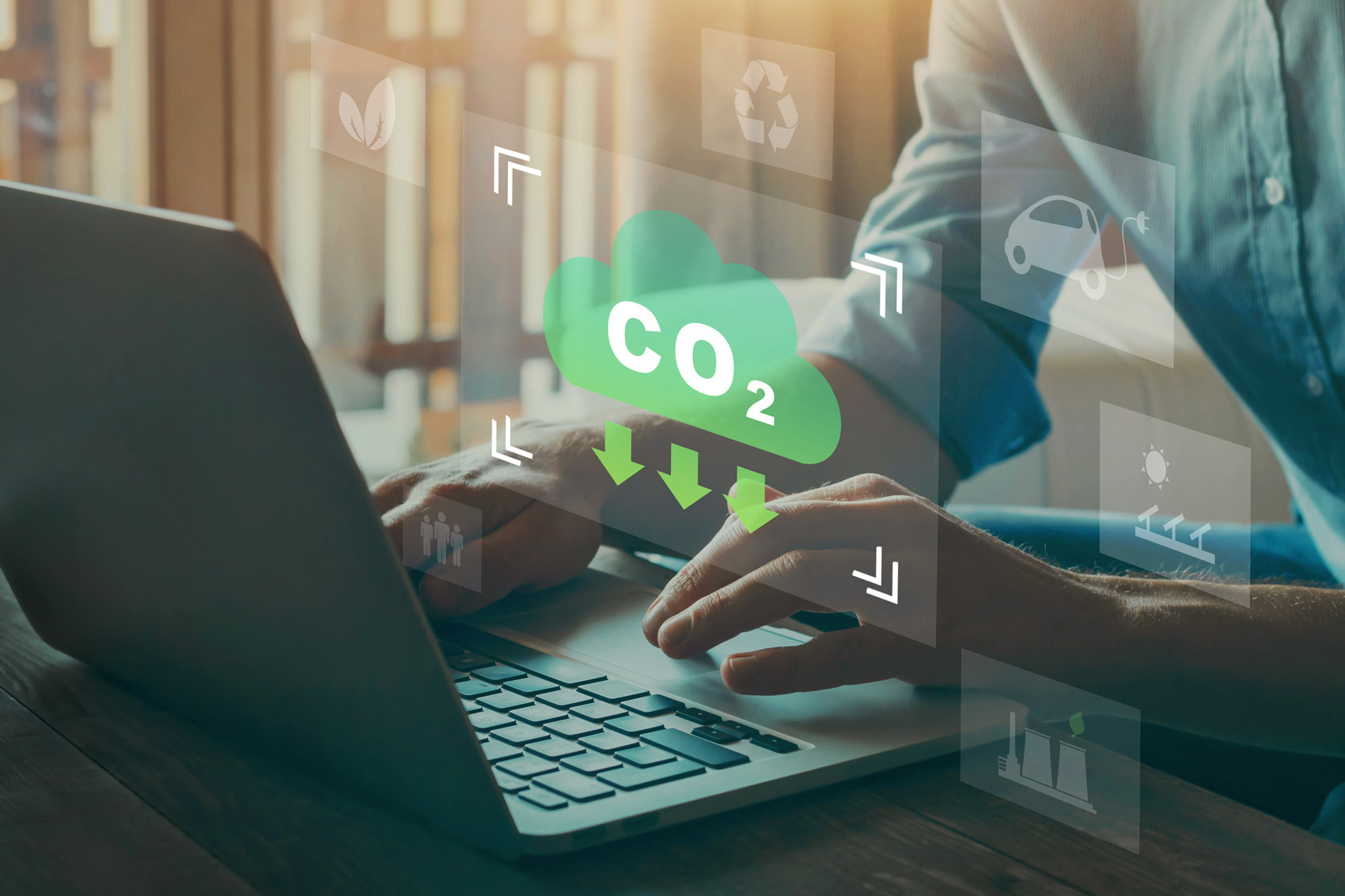NPRC fleet shows CO2 emissions 28% lower than expected
CO2 monitoring provides valuable data for sustainability calculations
Rotterdam, 23 November 2021: The European inland shipping cooperative NPRC, consisting of 140 inland shipping companies, together with Topsector Logistiek and 15 members (from various classes of vessels) has conducted a pilot study to provide insight into emissions data from inland shipping vessels. The study shows that the key figures used so far for the inland shipping industry are not representative for the NPRC fleet; measured emissions are actually ‘as much as’ 28 per cent lower.
Margriet Geluk, Supply Chain Engineer at NPRC, is enthusiastic about the project: “CO2 monitoring takes place at the crossroads of sustainability and digitalisation. Because these are spearheads in NPRC’s strategy, projects like this are close to our hearts. In recent years, the inland shipping industry has frequently proven its ability to reduce CO2 emissions. The results of this pilot project confirm the positive environmental performance of the inland shipping industry and gave rise to a follow-up project with Topsector.”
A complex puzzle
Topsector Logistiek (the logistics sector) is one of the nine top sectors established by the government and the business community. It has set itself the goal of organising goods flows sustainably and giving greater insight into the CO2 emissions within supply chains. Topsector looks at all steps in the supply chain, such as storage, transhipment and last-mile logistics. The inland shipping industry pilot project covers only covers a small part of the entire logistics chain.
There are of course many factors that influence fuel consumption and CO2 emissions; this is where digitalisation comes into play. By combining various data sources, a better picture emerges. For example, the project includes data on the direction of currents; stronger currents will affect fuel consumption.
CO2 monitoring and carbon footprinting
In this way, Topsector hopes to achieve a reliable and comprehensive benchmark within the sector. Herman Wagter, Program Manager Topsector Logistiek, explains: “Ultimately, the goal is that when you buy a product in the supermarket, you will be able to find the amount of CO2 emitted during production and transport. What was transported and how much fuel was used? In the calculation, fuel emissions are allocated to each mode of transport in a standardised and certified manner. This demonstrates in great detail how effective inland navigation is and what effect investments have.”
Making CO2 emissions accountable
CO2 monitoring in the inland shipping industry provides greater insight into the environmental performance of this mode of transport. The project provides insight and facilitates the breakdown of emissions per transport mode. Shippers increasingly demand insight into emission data for their own CO2 accounting. By being able to set benchmarks between different inland navigation vessels and operators, points for improvement can be quickly defined and implemented. This fits in with the ambitious CO2 reduction targets that have been set within Europe (Fit for 55).
Follow-up steps
NPRC is currently working on a follow-up project to determine CO2 data even more accurately. “By cooperating with Topsector Logistiek, NPRC hopes to contribute to the development of a standard for CO2 monitoring in the inland shipping sector. The data will become part of iBarge, an app with which inland shipping companies and charterers can easily exchange information about transports. This means that all stakeholders get an insight into the CO2 emissions per transport. By participating in this project, NPRC is sticking its neck out and together we are developing a standard that offers a solution for the entire inland shipping sector from dry bulk vessels to tankers,” concludes Margriet.
Want to know more?
Please get in touch.

Margriet Geluk
Supply Chain Engineer
